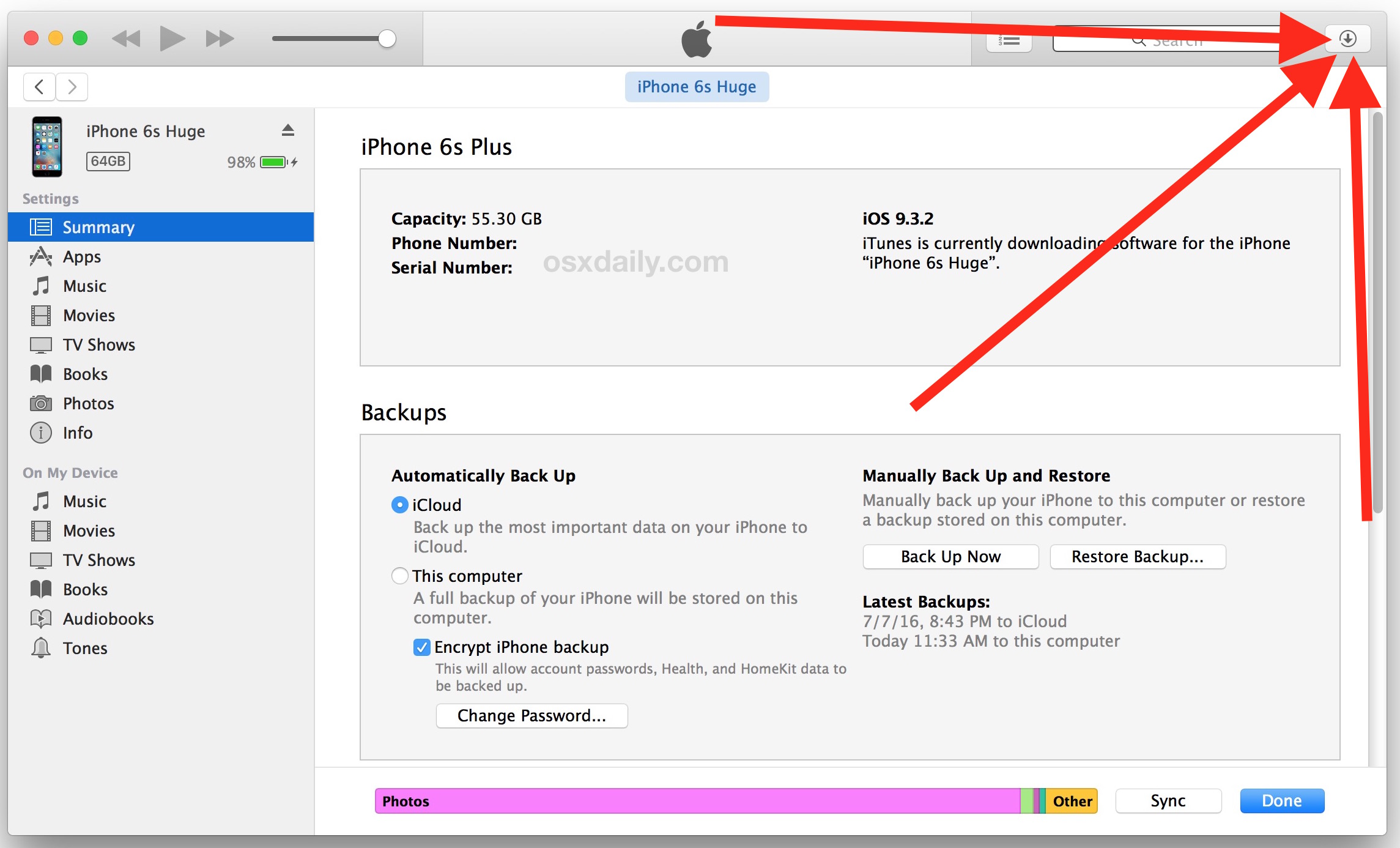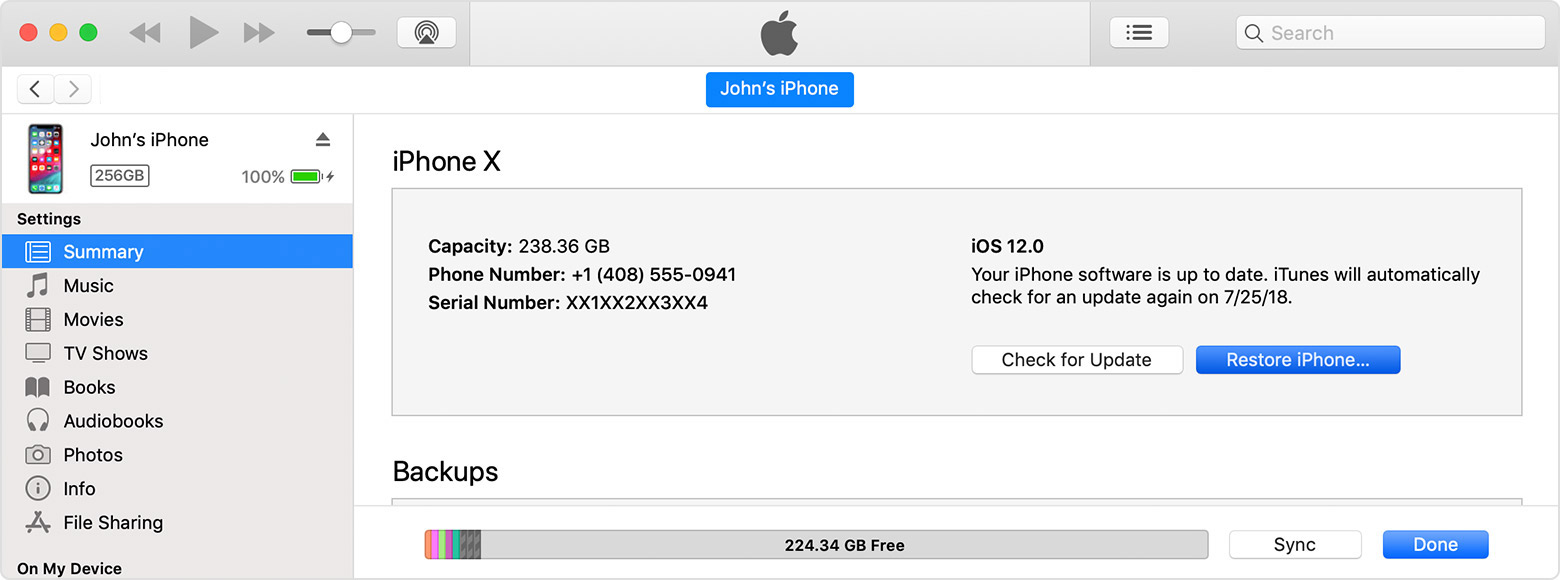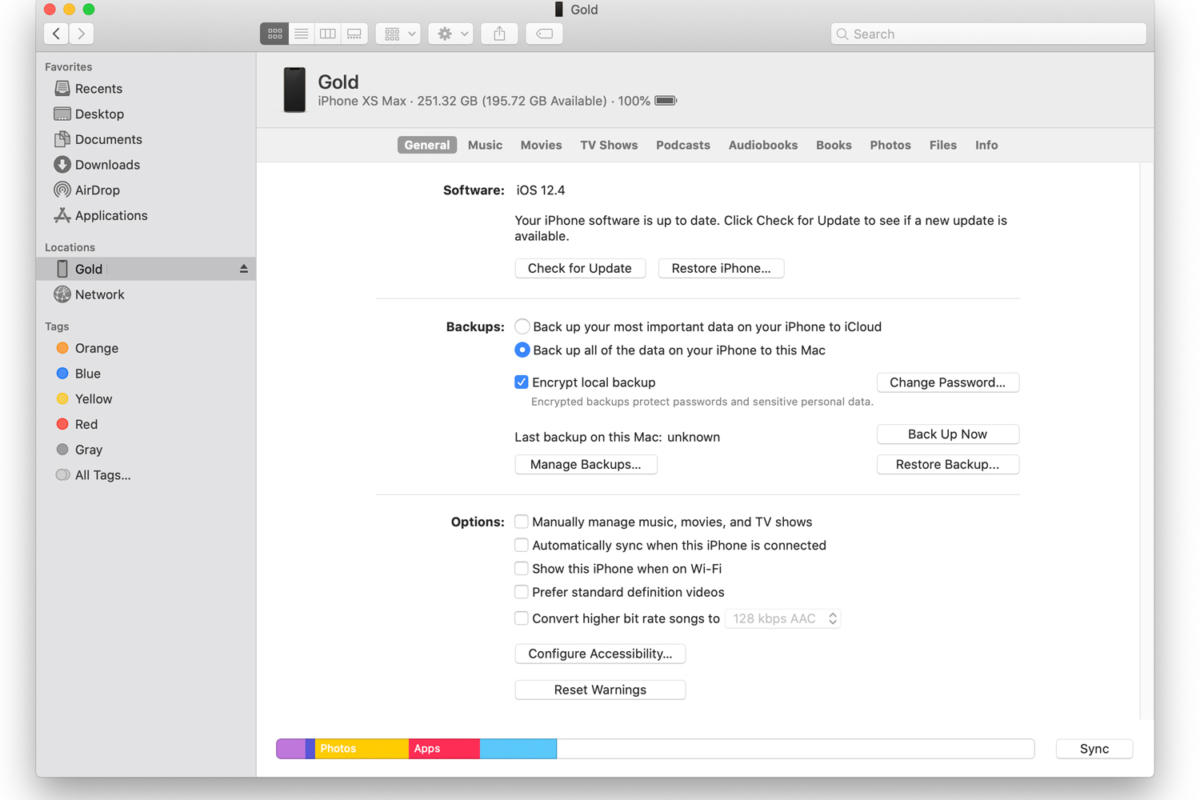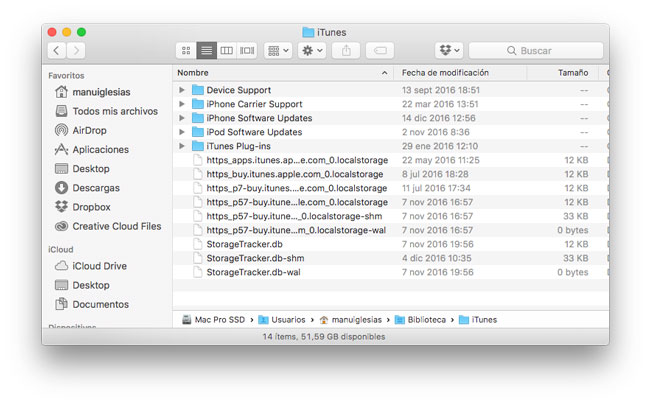ITunes is going places. Mac computer with an Intel processor. To play 720p HD video, an iTunes LP, or iTunes Extras, a 2.0GHz Intel Core 2 Duo or faster processor is required. To play 1080p HD video, a 2.4GHz Intel Core 2 Duo or faster processor and 2GB of RAM is required. Screen resolution of. Discover your music milestones, update your artist image, and understand listener trends across iTunes and Apple Music with Apple Music for Artists. Make sure that you're logged in to your computer as an administrator. If you're not sure if you have. With amazing new capabilities and updates to features you use every day, iOS 8 is the biggest iOS release ever. Learn more about iOS 8; The latest version of OS X features an elegant design, includes enhancements to the apps you use most, and enables your Mac. The latest version of iTunes now comes installed with macOS Mojave. Upgrade today to get your favourite music, films and podcasts. ITunes is also where you can join Apple Music and stream — or download and play offline — over 50 million songs, ad‑free.
On Windows 10, iTunes is that one program that never seems to change with the times. It's a bit sluggish, and often fails to work properly. The Microsoft Store version of iTunes did improve things a bit. Yet it's mostly the same old iTunes served in a different wrapping.
But regardless of iTunes and its various quirks, you must update the program regularly. The latest iTunes updates often contain fixes for the various bugs that seem to crop up frequently.
So let's go through the best possible ways to update both the traditional desktop and the Microsoft Store versions of iTunes.
How to Change the iTunes Backup Location on Windows 10
Read More
Traditional Desktop Version
The traditional desktop version of iTunes carries a lion's share of bugs and glitches. Hence, updating it is very important, especially if you are encountering serious issues while using it. These three methods should help you update iTunes to the latest version.
1. Update via iTunes
If you can open iTunes without issues, then updating the program is quite easy. After opening iTunes, open the Help menu, and then click Check for Updates.
That should initiate a scan for updates. If there are any updates available, follow the onscreen instructions to install them.
2. Update via Apple Software Update
If iTunes fails to launch, then you can instead use Apple Software Update to update the program. Apple Software Update is a complementary applet that comes bundled in with iTunes, so it should already be present on your computer.
Start by typing apple software update into the Start menu. Afterward, click Open.
Wait for the program to scan for available updates. Markdown macro for confluence. If there are any, install them.

Also, make it a point to install updates (if listed within Apple Software Update) for any other Apple-related programs installed on your computer, such as iCloud.
3. Update via iTunes Installer
At times, attempting to update iTunes using the two methods above could fail — iTunes or Apple Software Update can hang while downloading the update files.
If this happens, you can use the iTunes installer instead to update iTunes. Start by downloading the latest version of iTunes from the Apple website.
Download iTunes InstallerNote:Updating Itunes Macos
The button above points you to a page that always lists the latest version of iTunes. Make sure to specify that you want to download the desktop version by scrolling down — otherwise, you will be prompted to download the Microsoft Store version.After downloading it, simply run the installer and follow the onscreen instructions to install iTunes. That should replace the existing version of iTunes with the latest version of the program.
Also on Guiding Tech#itunes
Click here to see our itunes articles pageMicrosoft Store Version
The Microsoft Store version of iTunes doesn't throw out as many problems as the desktop version of iTunes. But you must still keep the program updated to ensure that you don't run into any weird issues at the worst of times. These two methods should help you do that.
1. Enable Automatic Microsoft Store Updates
Microsoft Store apps are updated automatically by default. But if automatic updates are disabled on your Windows 10 computer, then here's how to re-enable the functionality for all Microsoft Store apps, including iTunes.
Open the Microsoft Store. Click the three-dot icon to the upper-right corner of the screen, and then click Settings.
On the Settings page that shows up, turn on the switch next to Update Apps Automatically.
Updating Itunes On Macbook Air
All Microsoft Store apps, including iTunes, will then be updated automatically whenever new updates are available.
2. Update iTunes App Manually
If you don't want to enable automatic updates for all Microsoft Store apps (or if automatic app updates fail to work), you can instead choose to update iTunes manually.
To do that, click the three-dot icon to the upper-right corner of the Microsoft Store. On the menu that shows up, click Downloads and Updates.
If there's an update for iTunes listed, click the Update icon next to the listing.
That should prompt the Microsoft Store to update iTunes to its latest version.

Why Should You Backup iPhone to iCloud or Computer
Read MoreThat's Not All
Running the latest version of iTunes on your PC is the best way to avoid major bugs and glitches while using the program. But you must not stop at that — you must also make sure to update Windows 10 itself regularly. Doing so will ensure that you run into fewer compatibility issues — mostly driver-related — whenever you connect an iPhone or an iPad.
To update Windows 10, open the Start menu, type Windows Update, and then click Check for Updates. If new updates are available, install them. Just keep in mind that certain Windows 10 updates can take a considerable amount of time (and use up lots of bandwidth) to download and install.
Next up:Don't want to deal with iTunes while chilling out to some music? Here are 3 ways to handle iTunes comfortably.
Upgrade Itunes For Mac
The above article may contain affiliate links which help support Guiding Tech. However, it does not affect our editorial integrity. The content remains unbiased and authentic.Read Next

Traditional Desktop Version
The traditional desktop version of iTunes carries a lion's share of bugs and glitches. Hence, updating it is very important, especially if you are encountering serious issues while using it. These three methods should help you update iTunes to the latest version.
1. Update via iTunes
If you can open iTunes without issues, then updating the program is quite easy. After opening iTunes, open the Help menu, and then click Check for Updates.
That should initiate a scan for updates. If there are any updates available, follow the onscreen instructions to install them.
2. Update via Apple Software Update
If iTunes fails to launch, then you can instead use Apple Software Update to update the program. Apple Software Update is a complementary applet that comes bundled in with iTunes, so it should already be present on your computer.
Start by typing apple software update into the Start menu. Afterward, click Open.
Wait for the program to scan for available updates. Markdown macro for confluence. If there are any, install them.
Also, make it a point to install updates (if listed within Apple Software Update) for any other Apple-related programs installed on your computer, such as iCloud.
3. Update via iTunes Installer
At times, attempting to update iTunes using the two methods above could fail — iTunes or Apple Software Update can hang while downloading the update files.
If this happens, you can use the iTunes installer instead to update iTunes. Start by downloading the latest version of iTunes from the Apple website.
Download iTunes InstallerNote:Updating Itunes Macos
The button above points you to a page that always lists the latest version of iTunes. Make sure to specify that you want to download the desktop version by scrolling down — otherwise, you will be prompted to download the Microsoft Store version.After downloading it, simply run the installer and follow the onscreen instructions to install iTunes. That should replace the existing version of iTunes with the latest version of the program.
Also on Guiding Tech#itunes
Click here to see our itunes articles pageMicrosoft Store Version
The Microsoft Store version of iTunes doesn't throw out as many problems as the desktop version of iTunes. But you must still keep the program updated to ensure that you don't run into any weird issues at the worst of times. These two methods should help you do that.
1. Enable Automatic Microsoft Store Updates
Microsoft Store apps are updated automatically by default. But if automatic updates are disabled on your Windows 10 computer, then here's how to re-enable the functionality for all Microsoft Store apps, including iTunes.
Open the Microsoft Store. Click the three-dot icon to the upper-right corner of the screen, and then click Settings.
On the Settings page that shows up, turn on the switch next to Update Apps Automatically.
Updating Itunes On Macbook Air
All Microsoft Store apps, including iTunes, will then be updated automatically whenever new updates are available.
2. Update iTunes App Manually
If you don't want to enable automatic updates for all Microsoft Store apps (or if automatic app updates fail to work), you can instead choose to update iTunes manually.
To do that, click the three-dot icon to the upper-right corner of the Microsoft Store. On the menu that shows up, click Downloads and Updates.
If there's an update for iTunes listed, click the Update icon next to the listing.
That should prompt the Microsoft Store to update iTunes to its latest version.
Also on Guiding TechWhy Should You Backup iPhone to iCloud or Computer
Read MoreThat's Not All
Running the latest version of iTunes on your PC is the best way to avoid major bugs and glitches while using the program. But you must not stop at that — you must also make sure to update Windows 10 itself regularly. Doing so will ensure that you run into fewer compatibility issues — mostly driver-related — whenever you connect an iPhone or an iPad.
To update Windows 10, open the Start menu, type Windows Update, and then click Check for Updates. If new updates are available, install them. Just keep in mind that certain Windows 10 updates can take a considerable amount of time (and use up lots of bandwidth) to download and install.
Next up:Don't want to deal with iTunes while chilling out to some music? Here are 3 ways to handle iTunes comfortably.
Upgrade Itunes For Mac
The above article may contain affiliate links which help support Guiding Tech. However, it does not affect our editorial integrity. The content remains unbiased and authentic.Read Next3 Ways to Stream Apple Music Online Without iTunesAlso See#windows 10 #troubleshooting
Did You Know
The Apple A12 Bionic is the world's first commercially available 7nm chipset.
More in Windows
Top 3 Fixes for Camera Not Working on Windows 10 PC
Since 2003, iTunes has played an important role for Apple devices. While the app itself facilitates downloading media files from the internet to your Mac, on a more personal level, the collections built up in iTunes hold rich personal histories. Playlists and movie libraries along with other media weave together to build the soundtrack of our lives — the energy (and money) spent into maintaining them shouldn't be underestimated.
Apple has released iTunes updates regularly since its inception, and with each update come new features and bug fixes. Most times, you'll simply be prompted to update iTunes when the app launches. iTunes automatically detects new updates when it connects to the internet and then asks you to begin updating iTunes. But this doesn't always happen. Some people: those who work offline a lot, those using older computers, or those who have a habit of never restarting their Mac, may find themselves left behind.
Why Update iTunes At All?
With iTunes being phased out in the fall of 2019 to make room for Apple Music — Apple's new subscription service — as well as Apple TV and Apple Podcasts, you might be wondering why you should bother to download the newest version of iTunes at all. The reason is simple: the latest version of iTunes is going to last you the longest. If you're relying on this app for your playlists and media storage you'll want to be able to run it smoothly for as long as possible.
So what is the latest version of iTunes? It actually depends on your Mac and operating system. While Mac users running macOS Mojave will have the current iTunes version built in, those using computers with previous macOS releases will only be able to update to version 12.8.
In either case, if you plan to stick with iTunes until you eventually choose a new music service or download manager, you'll want the most powerful edition to tide you over, and the latest iTunes version is the one that's most likely to last. In addition to making an update, you should also consider backing up your music library. This will ensure you can take your time in replacing iTunes with a service that's right for you — without the heartbreak of losing any important media.
Update iTunes in the app
There are a few ways to update iTunes and, depending on which version of macOS you're running, you may need to look in a few different places. However, start by trying to make your iTunes update through the app itself:
Open iTunes and search the top bar for a Menu option
Select Menu and, in the window that opens up, click 'Check for Updates'
This will prompt the app to offer you the iTunes latest version, which you'll be able to download by following the directions in the pop-up window. If you can't find the Menu option or the pop-up window prompting you to update iTunes doesn't appear, you'll need to use the App Store.
Check the App Store for updates
Updating Itunes On Mac
While iTunes is the app we're targeting for updating, these directions can work generally too, if you ever need to know how to check for updates on Mac. Before doing so, however, first fully quit iTunes (or any program you're interested in updating):
Open the Mac App Store from Applications and click to the Updates tab
Check to see if iTunes is listed and whether it indicates there's an update ready
Select Update
In the same tab you also have the option to turn on automatic updates. Since there will be no more iTunes updates after this one, it doesn't matter so much for iTunes specifically. But if you notice that a few apps have fallen out of date, turning on automatic updates will help you stay on top of things which, in turn, helps your Mac work with most recent versions of apps.
Go to Apple's website and download the update
If both of the above updating methods don't work, there's a final foolproof way to get the latest version of iTunes. Head to Apple's website and click on the iTunes 12.8 to download it to your Mac. Then follow the directions in the setup wizard to install it.
When taking up this option, make sure your music library is backed up. Once you have downloaded 12.8, it will open as a new application, and you'll need to sign into your Apple ID to repopulate your library. If there are media files you have added to your iTunes that were not purchased on the app, iTunes may not carry them over. Having a backup will ensure that any missing files can be easily drag-and-dropped back into your new iTunes.
Once you're sure you've carried all files and music over, you can remove the previous version of iTunes. Important! When deleting the previous version, whether you use an app or simply drag the program to Trash, be careful to remove the correct application and not the newest version you've just installed.
Automatically sync your Mac, iPhone, or Android
To both preserve your library and continue to use it from multiple devices, you'll want to make sure your files are syncing and up to date on each device. This is especially important if you don't have a backup of your music or files and you're not ready to move your library from iTunes to another music service.
To sync up your files, create a backup, or transfer files you can use an external hard drive or directly create a link between your computer and device, manually moving the files. Making a backup can be tedious but is ultimately worthwhile, as it helps alleviate risk if you're moving from one platform to another. This is particularly valuable troubleshooting advice if you experience problems where iTunes won't update.
Truth is, manual transfers and backups can be time-consuming. So why not save yourself a few hours by automating the process via a syncing app and a customizable file-transfer manager like AnyTrans.
AnyTrans, in essence, does the same thing as iTunes: it facilitates the download of media files to your Mac or device. But, in addition, the app's layout lends itself to easy access to your files and the ability to choose which ones in particular you want to sync. So while it doesn't let you buy new music, it gives you easy access to your iTunes library.
Doom for mac. If you have this problem, just press Ctrl while clicking the game icon, and select Open.Alternatively you can use the 'Open Anyway' button in the General pane of Security & Privacy preferences. See the page for more info.Need more info about this game?
An added bonus of using AnyTrans is its sync across all kinds of devices, for example, Mac and Android. The sync is also done completely over WiFi, saving you money on expensive cloud storage to back up your files.
In the midst of the iTunes phase-out, whether you're scrambling to catch up with the latest iTunes update or looking for an iTunes alternative, AnyTrans can help you stay afloat while you decide which subscription service is right for you.
Best of all, AnyTrans is available to try for free with a week-long trial from Setapp, a subscription platform with over 150 curated Mac apps for all of your everyday tasks, from time management to downloading YouTube videos to optimizing your WiFi connection — all updated automatically so you're never stay behind again.
Meantime, prepare for all the awesome things you can do with Setapp.
Read onSign Up
